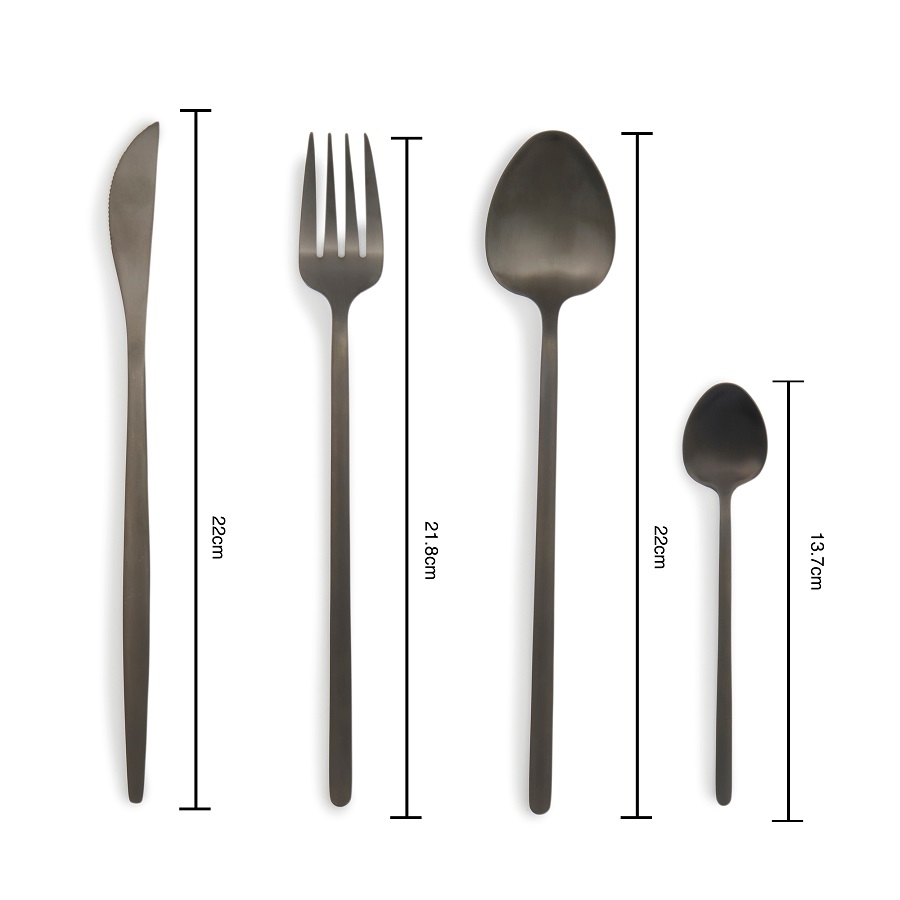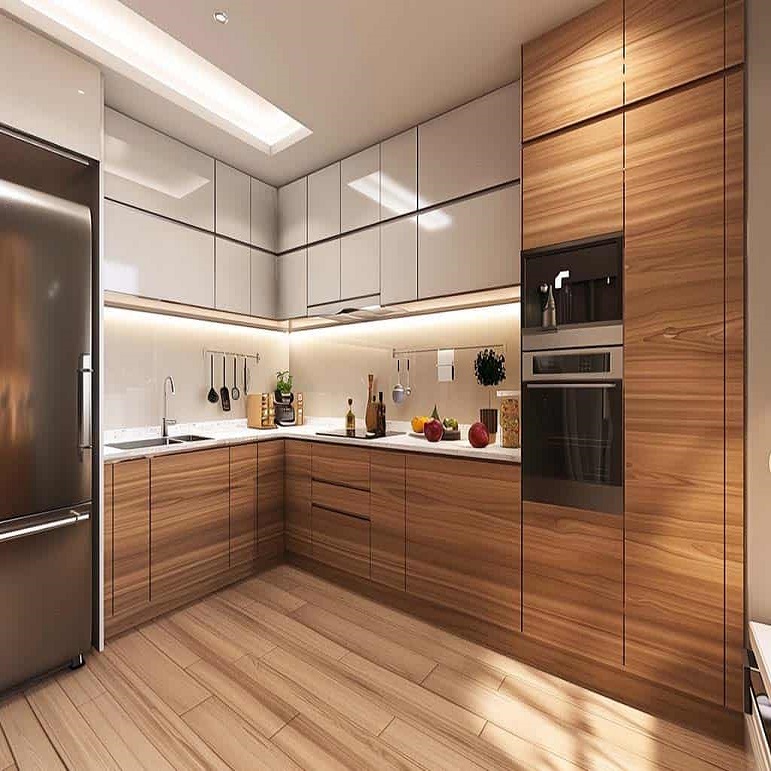 Introduction:
Introduction:
Hot pads, also known as pot holders or trivets, are essential kitchen accessories used to protect surfaces and hands from hot pots, pans, and dishes. They provide a barrier between the heat source and countertops, tables, or hands, preventing burns and damage. In this comprehensive guide, we will explore the different types, materials, and uses of hot pads for the kitchen. From traditional fabric pot holders to silicone trivets and beyond, we will cover everything you need to know about hot pads and their importance in the kitchen.
Traditional Fabric Pot Holders:
Materials:
Traditional fabric pot holders are typically made from cotton, terry cloth, or a combination of these materials.
These fabrics offer heat resistance and durability.
Features:
Fabric pot holders often have a quilted or padded design for added heat protection.
They usually come with a loop or hanging hook for easy storage.
Usage:
Fabric pot holders are ideal for grabbing hot handles, holding baking dishes, or placing under hot cookware.
They should be used in conjunction with other heat-resistant surfaces, such as trivets or cutting boards, for maximum protection.
Silicone Trivets:
Materials:
Silicone trivets are made from food-grade silicone, which is heat-resistant and non-toxic.
Silicone is known for its flexibility, durability, and easy cleaning.
Features:
Silicone trivets often have raised patterns or ridges that provide enhanced grip and heat insulation.
They are available in various shapes, sizes, and colors, offering versatility and aesthetic appeal.
Usage:
Silicone trivets are perfect for placing Remove term: hot pads for kitchen, pans, or baking dishes directly on countertops or tables.
They can also be used as jar openers or hot pads for serving dishes.
Magnetic Hot Pads:
Materials:
Magnetic hot pads for kitchen are made with a combination of heat-resistant materials, such as silicone and magnets.
The magnets allow for easy attachment to metal surfaces, such as ovens or refrigerators.
Features:
Magnetic hot pads often have a compact design, making them easy to store and access.
They offer heat insulation and protect surfaces from scratches or damage.
Usage:
Magnetic hot pads are convenient for attaching to the side of an oven or fridge, allowing quick access when needed.
They can also be used as trivets or pot holders on countertops or tables.
Heat-Resistant Gloves:
Materials:
Heat-resistant gloves are typically made from materials such as silicone or aramid fibers.
These materials offer excellent heat resistance and flexibility.
Features:
Heat-resistant gloves often have a textured surface for a secure grip on hot cookware.
They provide full hand and wrist coverage, allowing for more flexibility and protection.
Usage:
Heat-resistant gloves are ideal for handling very hot pots, pans, or grill grates.
They offer better dexterity compared to traditional pot holders or trivets.
Care and Maintenance:
Cleaning:
Fabric pot holders can typically be machine washed, while silicone trivets and heat-resistant gloves can be easily wiped clean.
Follow the manufacturer’s instructions for specific cleaning recommendations.
Storage:
Hot pads should be stored in a clean and dry area, away from direct sunlight or heat sources.
Avoid folding or crumpling them to maintain their shape and effectiveness.
Here are some tips to help you make a selection:
When choosing hot pads for the kitchen, there are several factors to consider. Here are some tips to help you make a selection:
Heat Resistance:
Ensure that the hot pads you choose have a high heat resistance to protect your hands and surfaces from hot cookware and dishes. Look for hot pads with heat resistance up to at least 450°F (232°C) or higher.
Material:
Hot pads come in various materials, such as silicone, cotton, neoprene, or a combination of materials. Consider the pros and cons of each material. Silicone provides excellent heat resistance and grip, while cotton offers comfort and flexibility. Neoprene is known for its insulating properties.
Grip and Protection:
Look for hot pads that provide a secure grip to hold onto hot cookware effectively. Textured or silicone patterns on the surface can enhance grip. Additionally, consider if the hot pad provides protection against steam, splashes, or spills.
Size and Shape:
Choose hot pads that are large enough to cover your hands and offer ample surface area for gripping hot items. Consider the shape of the hot pads as well – square, rectangular, or mitt-shaped pads may offer different levels of dexterity and protection.
Cleaning and Maintenance:
Consider how easy it is to clean and maintain the hot pads. Look for pads that are machine washable or can be easily wiped clean.
Design and Aesthetics: Hot pads come in various colors, patterns, and designs. Choose one that matches your kitchen decor and personal preferences.
Reviews and Recommendations:
Read reviews and seek recommendations from others who have used the hot pads you are considering. This can provide insights into the durability, effectiveness, and user experience of the hot pads.
It’s recommended to have multiple hot pads available in your kitchen for different purposes and to ensure that you always have a backup. Remember to use hot pads properly by placing them securely on a heat-resistant surface and avoiding contact with open flames or heating elements.
Here are general guidelines for cleaning common types of hot pads:
The cleaning method for hot pads depends on the material they are made of. Here are general guidelines for cleaning common types of hot pads:
Silicone Hot Pads:
Silicone hot pads are typically dishwasher-safe. You can place them in the dishwasher along with your other kitchen items. Alternatively, you can hand wash them using warm soapy water and a sponge or dishcloth. Rinse thoroughly and allow them to air dry.
Cotton Hot Pads:
Cotton hot pads are often machine washable. Check the care instructions on the label to determine the appropriate washing temperature and any other specific instructions. Use a mild detergent and wash them on a gentle cycle. After washing, reshape the hot pads and allow them to air dry.
Neoprene Hot Pads:
Neoprene hot pads can usually be cleaned by wiping them down with a damp cloth or sponge and mild detergent. Rinse thoroughly and air dry.
Other Materials:
Hot pads made of other materials may have specific care instructions. Check the packaging or label for washing and cleaning recommendations. Some may be machine washable, while others may require hand washing or spot cleaning.
It’s important to follow the manufacturer’s instructions and care guidelines to ensure the longevity and effectiveness of your hot pads. Regular cleaning is essential to remove any accumulated food residues or stains and maintain hygiene in the kitchen.
Conclusion:
Hot pads for the kitchen are essential tools that provide protection against burns and damage from hot pots, pans, and dishes. Whether you prefer traditional fabric pot holders, silicone trivets, magnetic hot pads, or heat-resistant gloves, each type offers unique benefits and uses.
By understanding the different types, materials, and usage recommendations outlined in this comprehensive guide, you can select the appropriate hot pads for your kitchen needs. Remember to care for and maintain your hot pads to ensure their effectiveness and longevity. With the information provided, you can confidently use hot pads to enhance safety and convenience in your kitchen.






